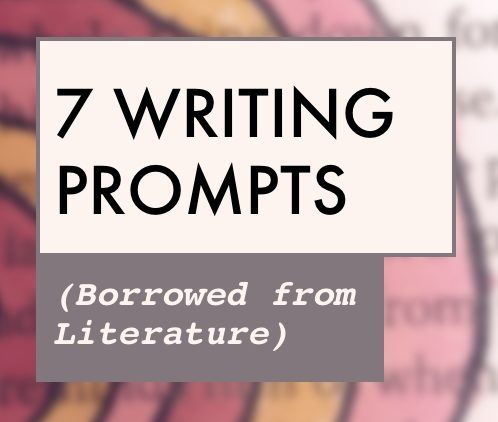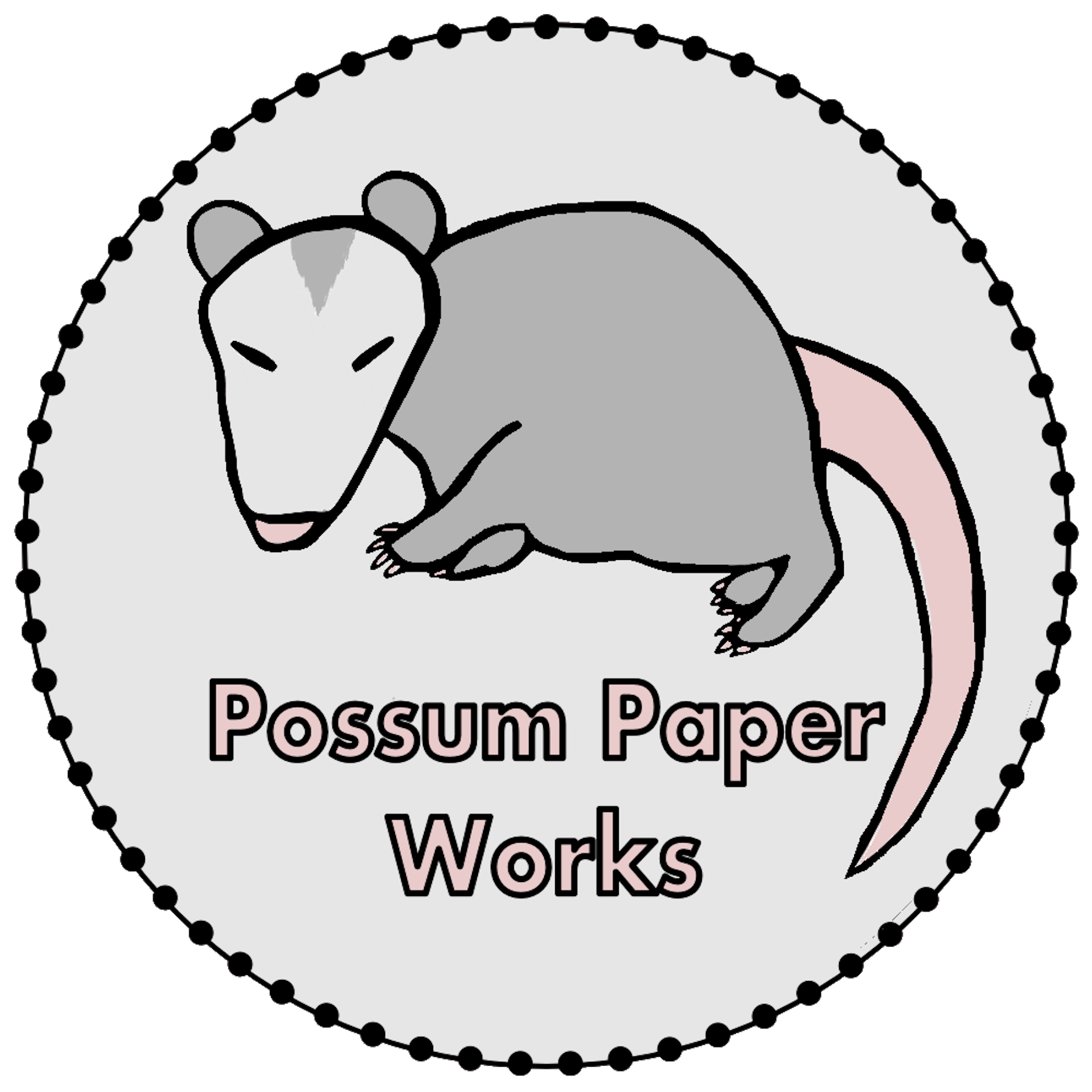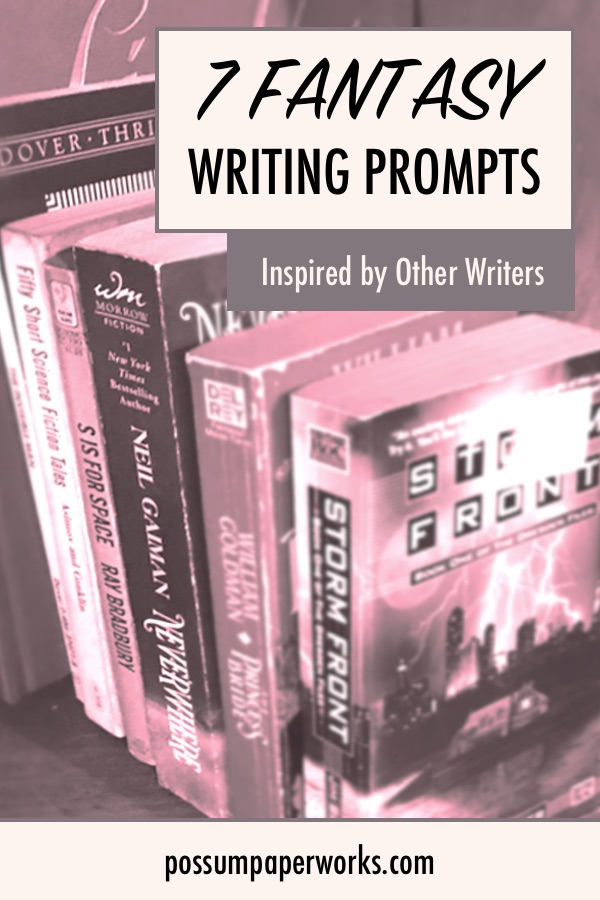A haphazard review immediately after reading
Okay so this book has about 440 pages in the hardcover edition I got from my local library. It was sitting in my stack for about two weeks before I got myself to read it. Even though it was one of the rare books I specifically hunted for at the library.
I got weird vibes from it every single time I considered reading it. The fact that Neil Gaiman praised it probably didn’t help, because that told me it was going to be a ride of a book. I wasn’t wrong.
It was also the kind of book that made me sit down and need to write this vague review.
I started it two days before the day I’m writing this. And then put it down right away because it was immediately creeping me out. Mostly in a good way, but also in the itchy way that gets behind your neck and tells you something’s looking at you from a corner you’ll never quite see.
Even in the jacket summary, there’s immediately a sense of a story both on a massive scale that it depersonalizes and on such a small scale you’re practically in the streets of NYC with the characters. When I read Neverwhere, first as a comic and then as the original book, that was exactly the contrast that messed with me the most, so I knew I needed to proceed cautiously.
I had read about 40 pages by this morning. Today, I read the final 400.
Partially because I’d already had one odd dream about the book. I didn’t want too many more.
And partially because it was just that good.
Jemisin successfully mixes Lovecraftian horror (and f that guy) with an even more frightening lens on the real world. Racism, sexism, colonialism, classism, homophobia, gentrification; Jemisin tackles all of these ideas with her diverse and fascinating main cast.
The commentary isn’t particularly subtle (the multi-formed villain literally appears as only white women), but I think that’s part of what makes it work. Subtlety has its place. But so does directness. Especially in fantasy, where some readers are more than willing to ignore or even argue against what they don’t like (re: Lovecraft can eat a bag of tentacles).
Not to mention, that commentary actually makes the story that much more unsettling.
Yes, the cosmic horror is horrific. The existential dread is palpable. Questions about the “Greater Good” get asked in ways so brief you can’t help but find them sitting in your stomach hours later, to say nothing of the disturbing number of deaths that happen off-screen with only the mildest of note. It’s a wonderfully creepy book.
Jemisin includes those classic elements of good horror, but those parts didn’t make me have to put the book down for a few seconds.
No. The parts that got me sat firmly, dreadfully, with their roots in reality.
A few spoilers here.
One of the main characters runs an art gallery in the Bronx. She’s queer and Lenape, a veteran of both Stonewall and AIM. She’s a fighter. A group of alt-right “artists” tries to get her to show their racist, homophobic, terrible art in the gallery. When she refuses, their distressingly large online following proceeds to dox her and her staff, sending threatening messages, and ultimately breaking into the gallery and vandalizing the art there.
And that, that was terrifying. In a way I can’t begin to describe.
Because that happens.
That happens in real life. Constantly. To queer people, to People of Color, to disabled people, to activists, to anyone who dares to speak out. To anyone who’s different, to anyone who manages to anger the wrong person at the wrong time. The threat hangs over our heads whenever we try to make the world the safe and welcoming place we all deserve.
That’s what Jemisin captures. We’ve created a culture of hate and anger, and it’s only gotten harder to fight back against. When the rage of thousands of people can be turned on you with a few keystrokes, when the cops don’t care, when
We can fight it, though. And we do.
Jemisin lets her heroes fight back. By loving each other, by supporting each other, by building communities. We fight by becoming more.
That’s what I want to take from The City We Became, in the end. Not the fear. But the hope. The belief that we can keep going, even when the world outside is terrifying.
Go read it. Jemisin explains it in a way that my last-minute gut-reaction ramblings could never dream to. It’s worth it, I promise.



